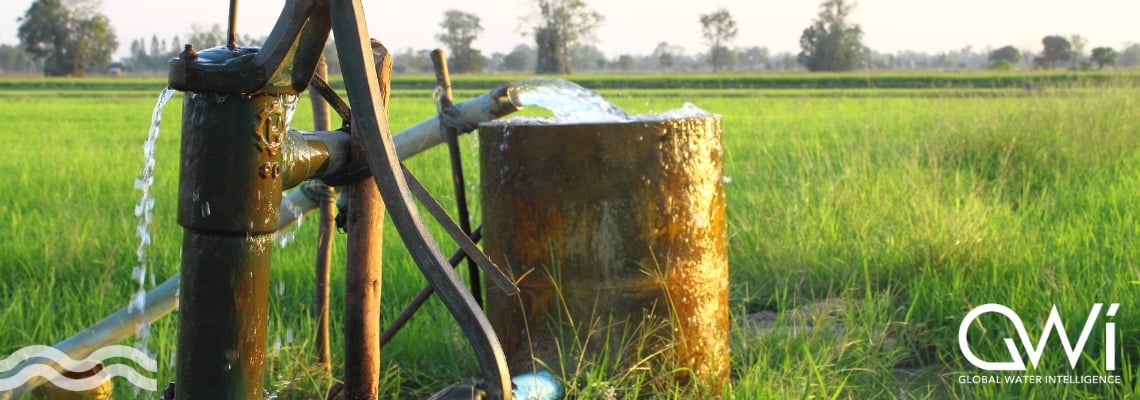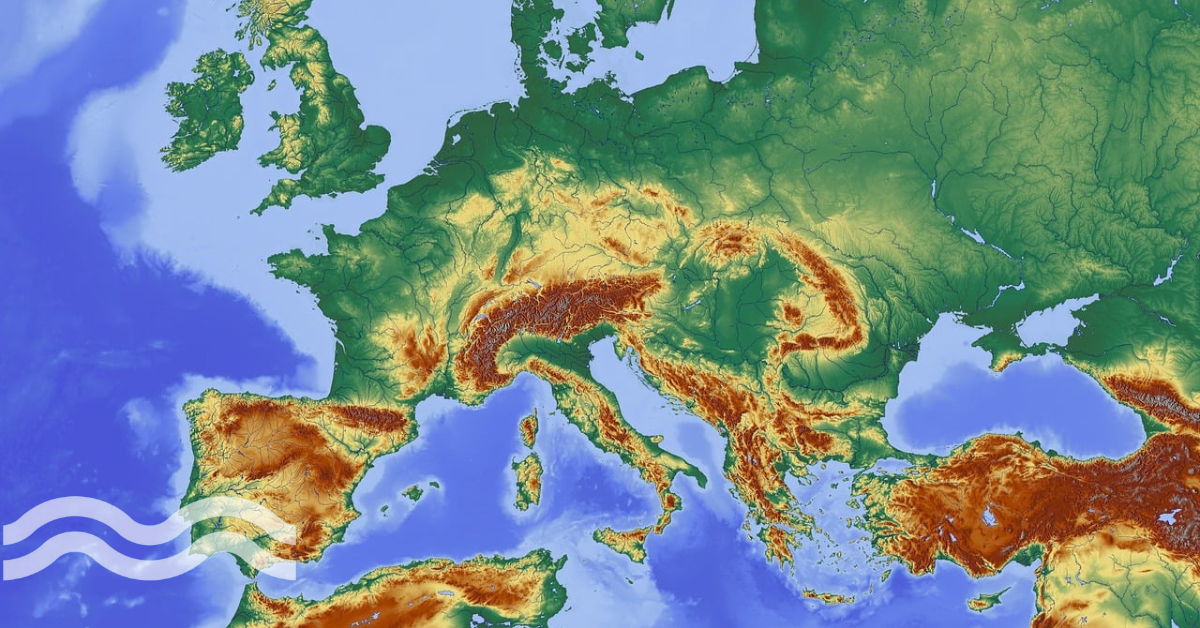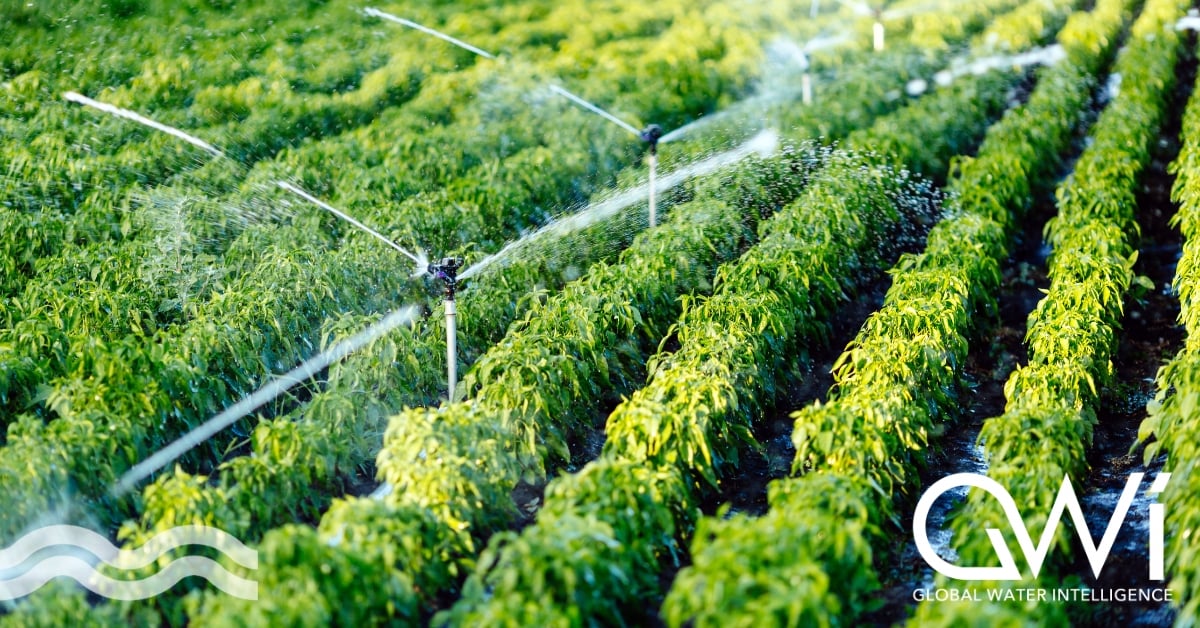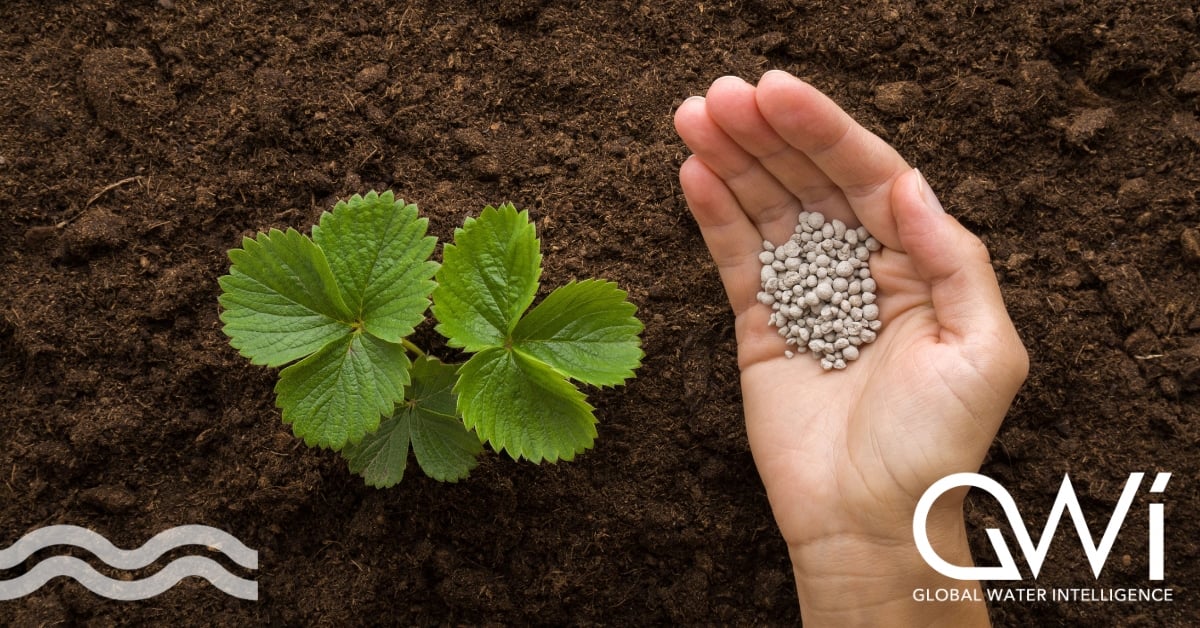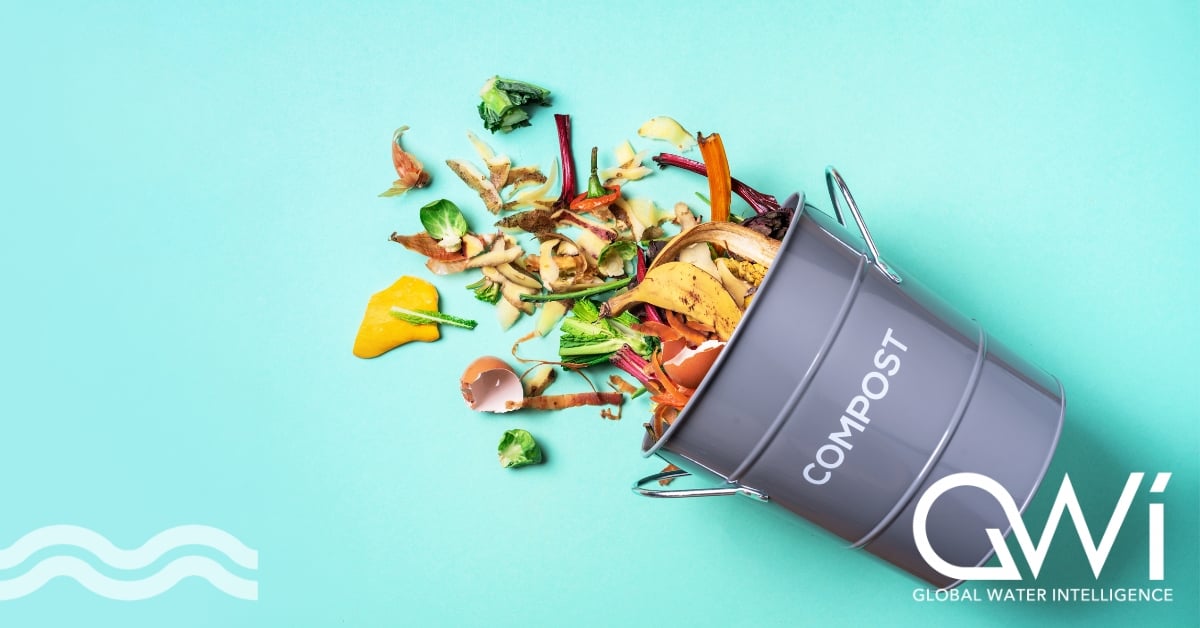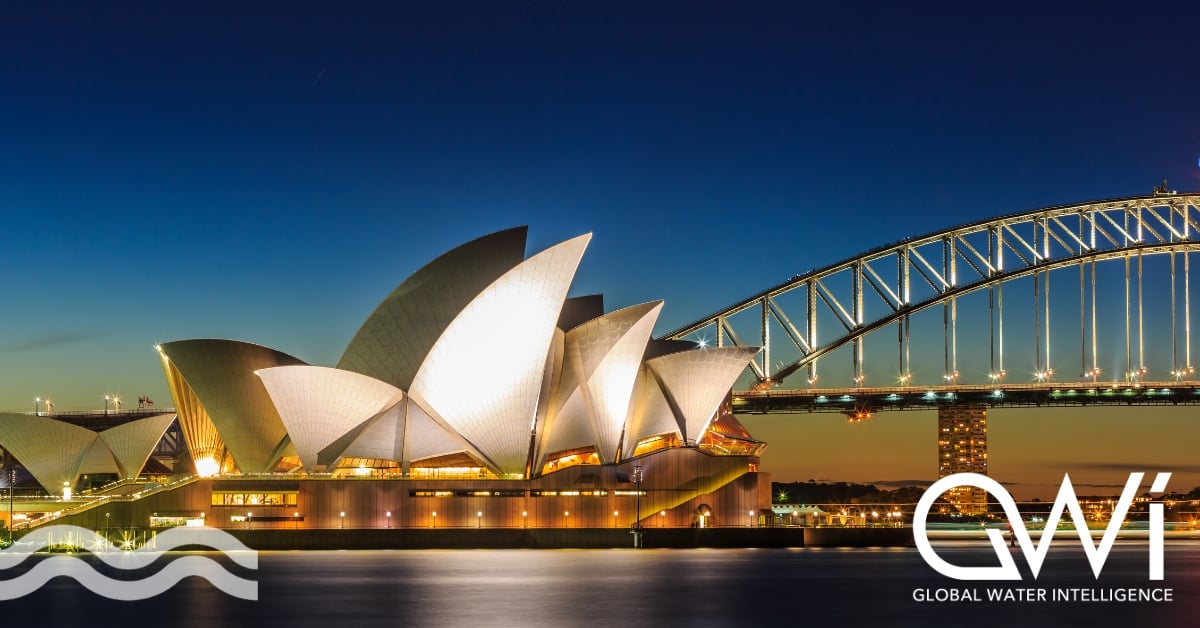Managed Aquifer Recharge: the Circular Economy and the Groundwater Cycle
Managed Aquifer Recharge: the Circular Economy and the Groundwater Cycle
While groundwater may be invisible, it is an essential lifeline of freshwater – 49 per cent of water withdrawn for global domestic use and 25 per cent of water for irrigation is from groundwater aquifers. But our thirst for groundwater is outpacing its natural recharge rate, which is further hindered by urbanisation and climate change. Here, GWI explores, managed aquifer recharge (MAR): utilising circular economy principles to augment the natural groundwater cycle.
Our freshwater lifeline
Amidst the reality of depleting surface water quality and quantity, our reliance on groundwater has surged – however it is not an infinite resource. Increasing urbanisation and climate change is hindering natural aquifer recharge rates, and in some places our extraction of groundwater outpaces aquifer recharge.
Some groundwater is classed as ‘non-renewable groundwater,’ meaning that its recharge rate exceeds the average human life span. Some groundwater is so old it is considered ‘fossil groundwater,’ and can take over 12,000 years to recharge.
Over-extraction of groundwater not only reduces quantities of freshwater, but also damages its quality with saline intrusion. It also causes land and infrastructure to sink, with some areas in northern Jakarta sinking at a rate of 25cm a year. The depletion of aquifers also further diminishes resilience against water scarcity, droughts, floods, and sea-level rise.
However, there has been a renewed push towards the implementation of technologies for replenishment of aquifers. This boosts the recharge rates and provides more secure supplies for future non-potable and potable use. These technologies present under a multitude of names, such as groundwater replenishment, aquifer storage and recovery or water banking, but here the process will be referred to as managed aquifer recharge (MAR), as used in the UN’s 2022 World Water Development Report: Groundwater: Making the Invisible Visible.
What is managed aquifer recharge?
A number of techniques can be used for MAR. They can be categorised into gravity-based or injection-based methods. Gravity-based methods include, but are not limited to, infiltration basins, recharge dams, river-bank filtration, sand storage dams, and recharge wells, and work through the processes of infiltration and/or percolation into the aquifer.
Alternatively, water can be injected directly into the aquifer. Though injection is technically more challenging and capital expenditure intensive, its advantages include faster and more controlled recharge, along with the reduced risk of surface water contamination. Various water sources can be used, including rainwater, river water and treated wastewater.
Rainwater harvesting
Rainwater harvesting has ancient roots in bolstering water supply and can also be applied to groundwater recharge. The traditional application for utilising rainwater for MAR has been to safeguard water resources in times of excess to prepare for dry periods, but with the rise in extreme precipitation and flooding, MAR has also been gaining traction from a flood management perspective.
Islamabad, Pakistan, faced catastrophic urban flooding in 2021 and 2022, driving a focus towards building new groundwater recharge wells - with over 50 new installations operational in 2022. Between May and September of the same year, there was 589mm of rain resulting in over 8600 m3 of water replenishing the aquifer, while simultaneously providing a flood management strategy.
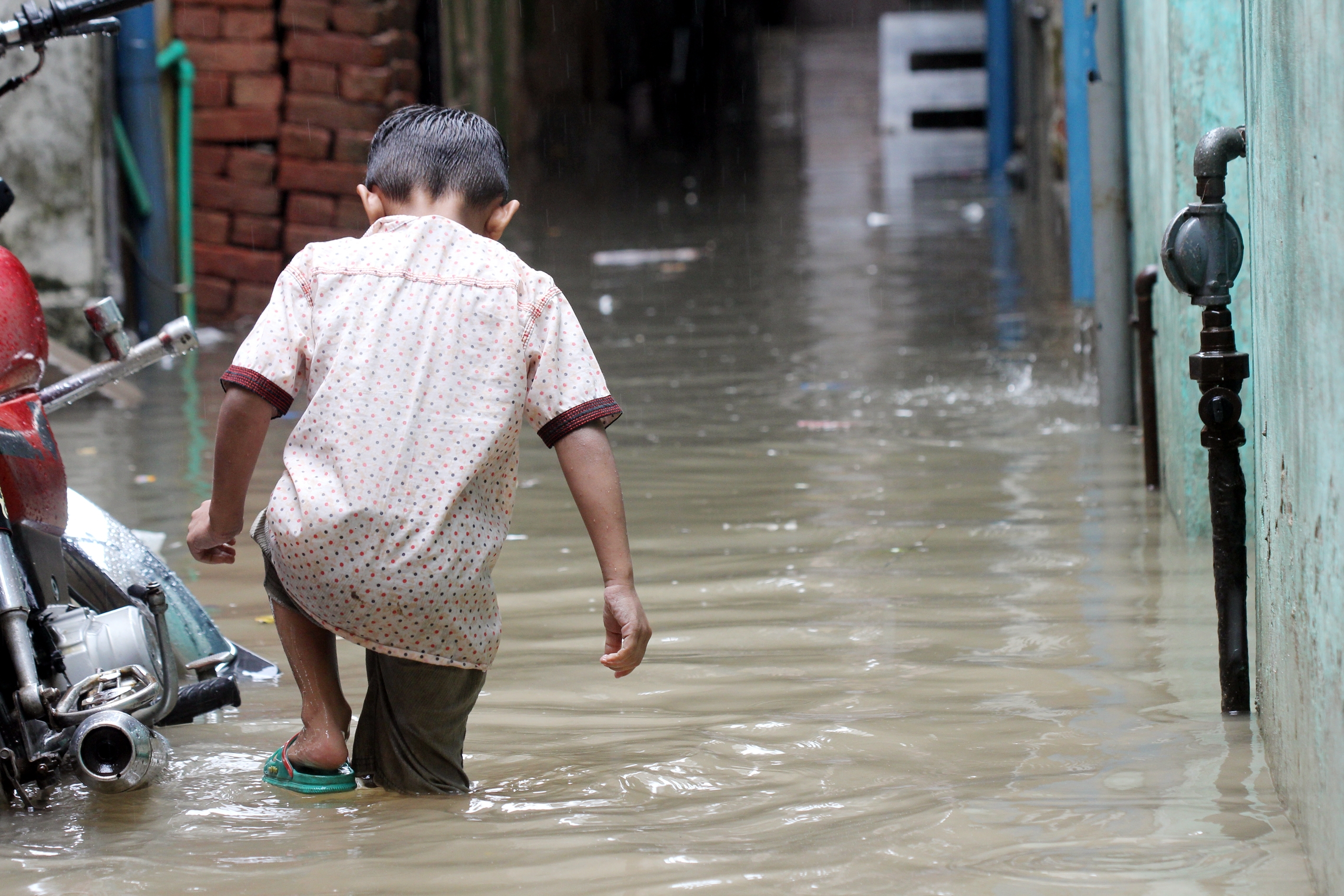
Source: Shutterstock; Sandy_Plus
Excess River Flows
Using excessive river flows is another source of water for MAR. The Le Pecq Croissy Plant in France, operated by Suez, injects pre-treated river water to recharge the groundwater bodies of the Seine Valley. Here, the driver is not only replenishing the aquifer, due to increased demand and urban development, but also to protect groundwater quality, by slowing down the infiltration of polluted water from the Seine River.
Across the European Union (EU), groundwater quality is a focus of key legislation such as the Water Framework Directive (WFD) and the Groundwater Directive, with the WFD mandating that EU member states achieve ‘good’ status for both ground and surface water bodies by 2027.
River flows are also used for MAR in the USA. In Arizona, MAR is used to ‘bank’ the state’s unused entitlements from the Colorado river, with a specific agency (the Arizona Water Banking Authority, AWBA) set up in 1996, designed to bank the water underground for later use. The banked water is accounted as long-term storage credits (LTSCs), then during times of shortage the LTSC’s are distributed, meaning that the stored groundwater can be used.
In the face of the Colorado river’s intensifying low flows, and with federal government declaring a Tier 1 water shortage for the first time in 2021, the AWBA has stated that their function is likely to soon shift away from ‘banking’ and more towards distributing the LTSCs during times of water shortage.
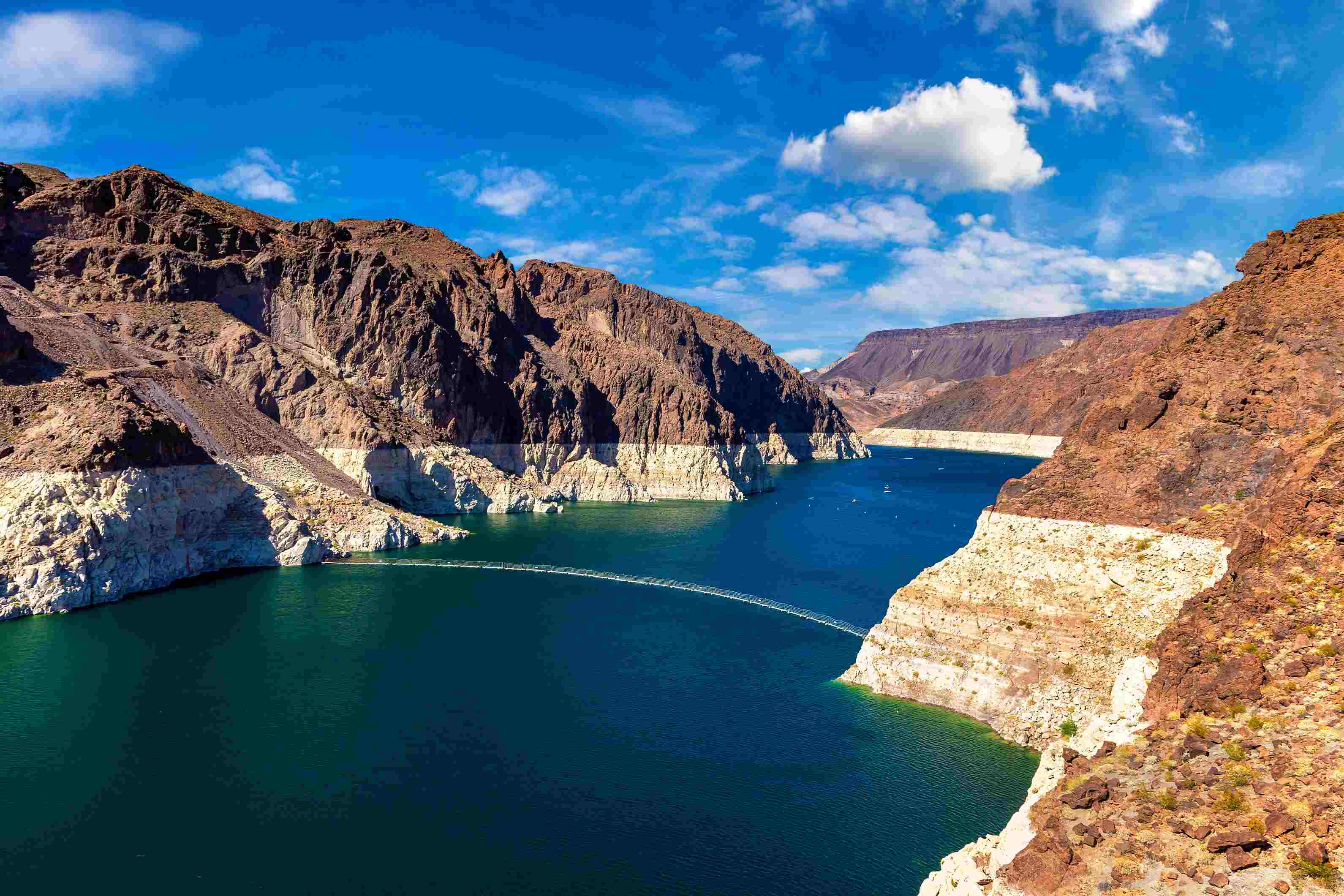
Source: Shutterstock; Sergii Figurnyi
Recycled Wastewater
The use of recycled wastewater in aquifer recharge is becoming more mainstream due to regulatory and technological advancements, as well as growing concerns about water scarcity and pollution. Typically, wastewater for recharge has been treated to secondary or tertiary levels, and it is treated again before entering the aquifer, usually to potable standards. Further treatment can involve the use of membranes or physical treatment, including granular activated carbon. Alternatively, the reclaimed effluent can be treated with soil aquifer treatment (SAT), where the water is treated as it percolates through the soil, as used at Mekorot’s Shafdan site in Israel.
The USA, particularly the states of California, Texas, and Arizona, have been at the forefront of wastewater recycling for groundwater recharge. In California, the Orange County Water District's Groundwater Replenishment System has been operational since 2008. A final expansion project at the site was completed in 2023, doubling its existing treatment capacity to 492,000 m3/day, making it the largest water recycling facility for indirect potable reuse in the world.
Outside of the US, recycled wastewater for MAR is also used in many countries including Australia, Israel, South Africa and Belgium, to combat drought and water scarcity. Perth’s Water Corporation’s Groundwater Replenishment Scheme (GRS) has been operational since 2017 and has already recharged over 54 million m3 of water, and in August 2022 an expansion of its capacity to 28 million m3/year was commissioned. A renewable energy generator is currently under construction at the site, so that biogas can power the Advanced Water Recycling Plant.
MAR projects using reclaimed wastewater are not solely related to drought management. Virginia’s first MAR project (the SWIFT project) is currently underway by the Hampton Roads Sanitation District (HRSD). The project is driven by rapid urban and industrial growth, saltwater intrusion, sinking land, and the need to get ahead of increasingly stringent nutrient regulations; by pre-emptively treating wastewater to drinking water standards, rather than incremental investments to meet changing regulations in the future.
HRSD has calculated the process will be cost-effective, with 90 per cent of its discharge to local water bodies expected to be eliminated, significantly reducing the total amount of nutrients reaching receiving water bodies. HRSD’s first full-scale facility, recharging 60,000m3/day into the Potomac Aquifer, is set to become operational in 2026.
Industrial responsibilities
MAR is of use to industrial water users as well as in the municipal space, especially in the face of increasing pressure for net-water positivity; which aims to reduce water consumption, and to return more water than is consumed. Projects are currently underway by Microsoft and Pepsi Co in California to replenish the watersheds impacted by company industrial activities, and both corporations have commitments to net-water positivity by 2030.
Microsoft is partnering with Gila River Water Storage to recharge groundwater in the Pheonix Active Management Area, aiming to balance its future water consumption for new data centres in the region. In 2022, it was announced that Pepsi Co gave a $1.5 million grant to the Water Replenishment District of Southern California (WRD); this funding will go towards the WRD’s groundwater replenishment using recycled water and fund piloting of its ‘first inland injection well for the utilisation of in-ground storage’.
This article has been produced by our knowledge partner, GWI.
Share your water technology stories with us
Do you have an innovation, research results or an other interesting topic you would like to share with the international water technology industry? The Aquatech website and social media channels are a great platform to showcase your stories!
Please contact our Sr Brand Marketing Manager Annelie Koomen.
Are you an Aquatech exhibitor?
Make sure you add your latest press releases to your Company Profile in the Exhibitor Portal for free exposure.
We promise never to send you spam and you can unsubscribe at any time!
